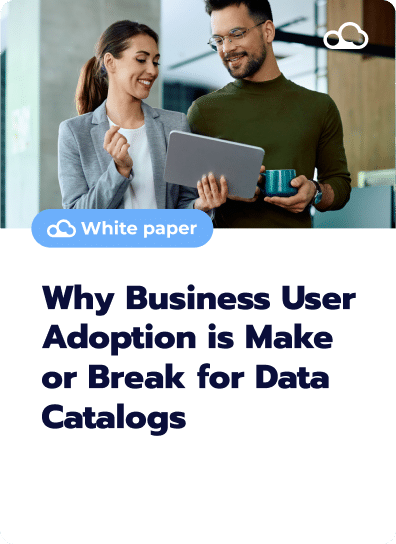Have you ever wondered what happens when data is fed into a business intelligence (BI) system?
This article explores data lineage mapping and provides an illustrative example to help readers understand data lineage in general.
Data lineage is the process of tracing and visualizing data flow over time.
It provides valuable insights into your data's origins and transformations throughout its lifecycle. Furthermore, it reveals your data's final destination within the processing pipeline.
Without data lineage, tracking data across its intricate journey through various transformations and BI systems becomes an exceedingly complex task.
Performing data lineage mapping means tracing a chosen dataset throughout your BI environment. The goal is to understand its journey post-integration into the system.
To initiate data lineage mapping, you must first decide on an approach. Several techniques are available:
- Data lineage by parsing
- Self-contained data lineage or tagging
- Pattern-based data lineage
Another crucial decision is whether to employ manual or automatic data lineage implementation. Let's delve into these two techniques.
Manual data lineage mapping
You may consider manual data lineage if your BI teams have excess capacity. While it might keep them engaged, this method is labor-intensive and might detract from their focus on strategic business initiatives.
Therefore, automated data lineage tools might be a more efficient solution.
Automated data lineage tools visually map the journey of your data from source to destination, providing real-time tracking. These tools can trace data in seconds, irrespective of its transformation or final destination.
They simplify regulatory compliance, migration planning, root cause analysis, and impact analysis. Automated data lineage mapping is a straightforward solution to track data transformations efficiently.
First-class Data Lineage
Explore, personalize, and visualize your end-to-end data journey with our first-in-class Data Lineage UX
DataGalaxy enhances data governance by establishing a trusted source of truth with our detailed exploratory Data Lineage visualization. Understand data flows, relationships, and health to ensure data integrity and enhance decision-making across your organization to ensure you never lose control.
Data lineage real-world use case
Let's consider an example from the transportation industry:
A specific state’s Department of Transportation sought enhanced insights through big data analytics. The department aimed to develop a pilot system for variable speed limits, where speed restrictions would be dynamically adjusted based on traffic, weather, and road conditions to reduce congestion.
Electronic signs indicating these variables were proposed to prevent accidents. Leveraging a data lineage tool, the department was able to identify and communicate these dynamic conditions effectively, advising drivers to adjust speed limits accordingly.
In conclusion, data lineage plays a critical role in today's data-centric world, offering valuable insights into the data lifecycle - from its origin to various transformations and eventual destination within a BI system.
Whether performed manually or using automated tools, data lineage mapping is a strategic imperative for any organization.
Businesses can streamline regulatory compliance, migration planning, root cause analysis, and impact analysis by utilizing such tools. With the right approach and a solution like DataGalaxy, any organization can leverage data lineage to enhance decision-making and drive strategic initiatives.
Fueling smarter decisions for
200+ industry powerhouses.









